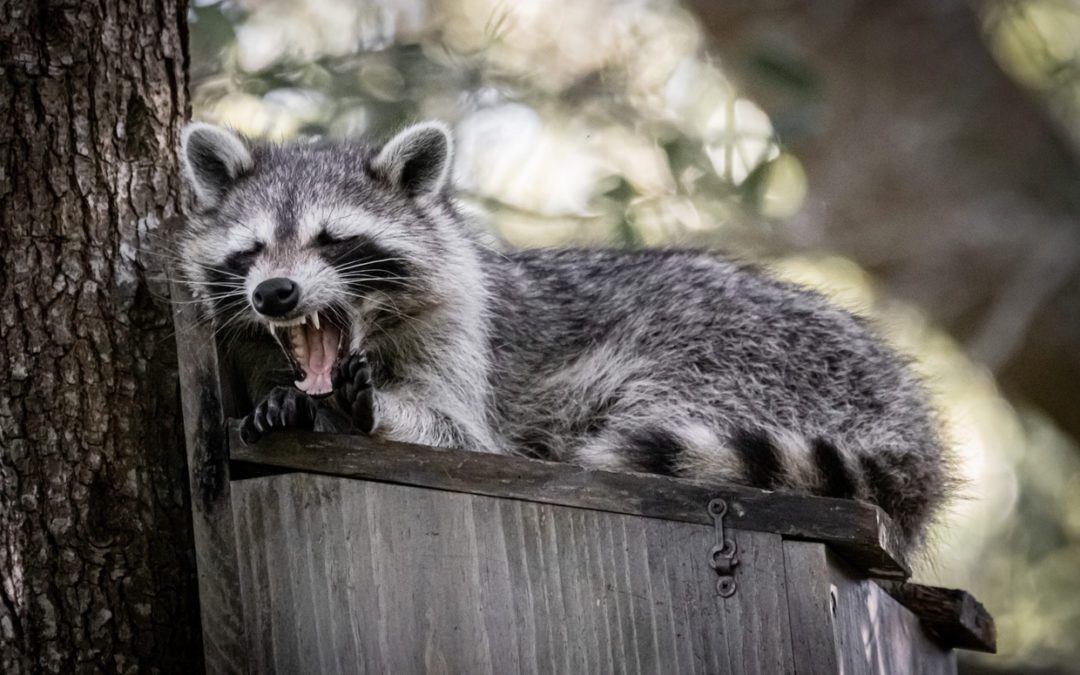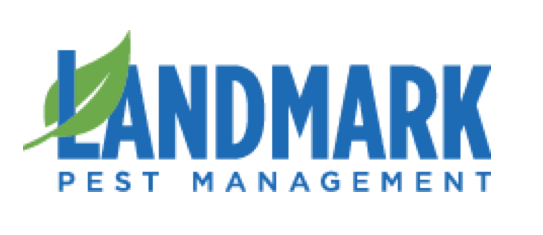
The development of homes and businesses on rural land has left a species that was once accustomed to living in forested areas with no choice but to seek shelter in the most readily available location: houses and buildings. The rise in people inhabiting these areas also provides raccoons with an abundance of food sources. Having access to such a dependable supply of nourishment means more raccoons are able to survive, leading to an increase in their population.
Identifying Raccoons in Your Attic
Raccoons are able to enter an attic through any crevice or hole that is the size of their head or larger and will even go so far as to create a new hole by tearing through shingles or ripping caps off of roof vents. If you hear heavy shuffling, scratching, thumping, or chirping sounds coming through your ceiling, you may be dealing with a raccoon infiltration. Check the outside of the structure for signs of a raccoon breach. Exterior evidence includes damaged or removed roof material, bent or mangled vent caps, and muddy paw prints up the gutter or downspout.
Removing Raccoons from Your Home
If your home or business exhibits any of these indicators, you should contact a wildlife control specialist immediately. Aside from the damage they can cause to roofs and valuable items stored in attics, raccoons host a number of dangerous zoonotic diseases like rabies. Insulation contaminated by urine and feces may lead to the contraction of leptospirosis or raccoon roundworm, both of which are very harmful to humans.
A nuisance animal expert will have the knowledge and experience to determine the access point through which raccoons are gaining entry into the attic as well as devise a strategy for removal. He or she will also be able to restore the damaged portion of the roof, recognize prospective breach areas, and make suggestions to avoid future raccoon invasion.
Preventative Measures
Raccoons will be attracted to an area with a plentiful supply of food and water. Eliminating their source of sustenance will help to keep them away from your property. Store garbage cans in frames so they cannot be tipped over, and secure their lids with chains or bungee cords so they cannot be removed. If you have bird feeders, remove them or place them in an area inaccessible to raccoons. Raccoons also like to eat grubs, so if you notice digging in your yard or sod that has been ripped or rolled back, consider treating the lawn for grubs. This can take some time to take effect, but is a helpful long-term preventative measure.
If you encounter a raccoon on your property, there is every possibility it is simply on its way from one destination to the next. But if you notice any of the aforementioned signs, trust a nuisance wildlife control specialist to know the best course of action for handling the issue.


